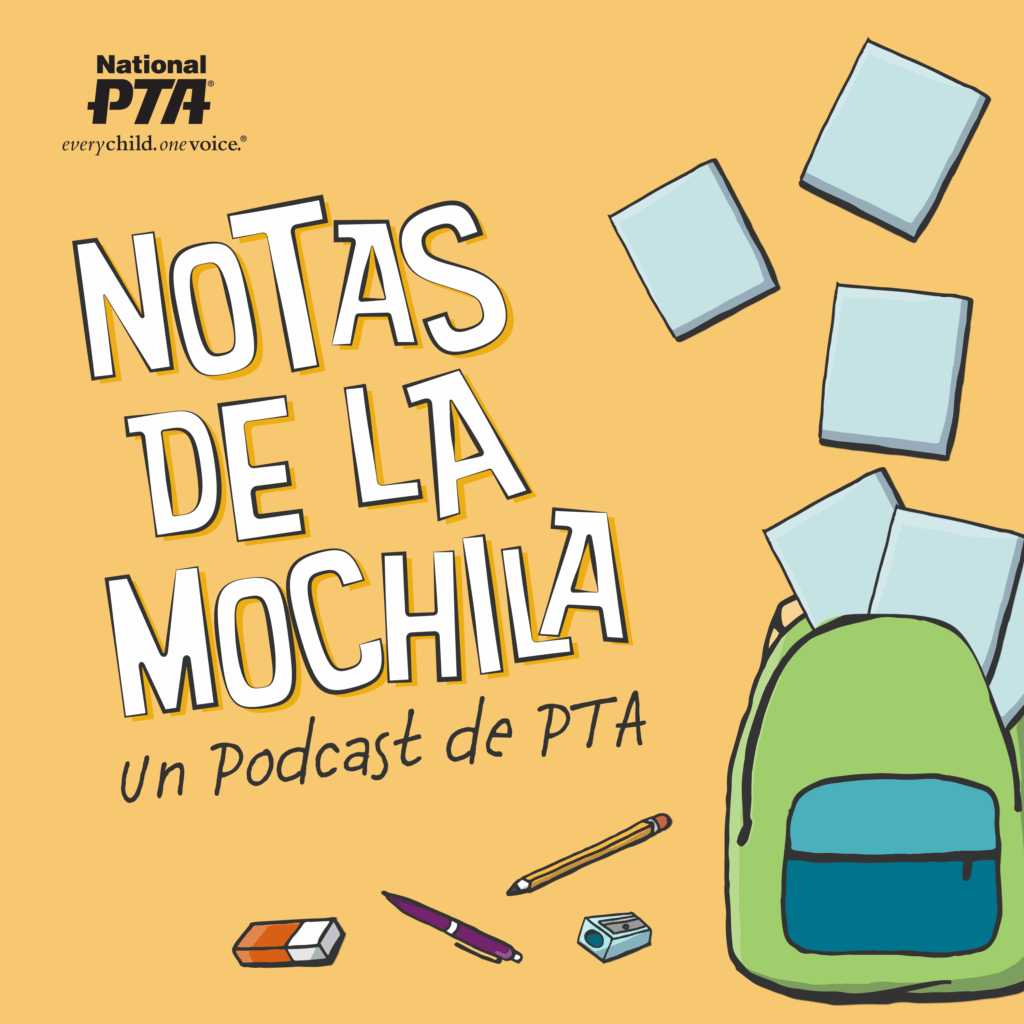Imagine you are a child assigned as a male at birth, but by age three you feel certain you are a girl. You reject boy’s clothing, you want to play with other girls and grow your hair long, but your body does not reflect who you are.
This is the experience of Ellie, a 5-year-old transgender girl in Washington, DC. In a letter to Ellie’s teachers, her parents wrote, “Ellie is the name our child chose when she worried people would think she was a boy with a name like Zack.
Ellie has told us she’s a girl in many ways. The clearest way has been, “I am a girl in my heart and in my brain.” This is the way our child was born, and we love her.”
Over the past year, news coverage and public discussions about transgender people and identities have increased dramatically. Even as more school districts adopt policies to protect transgender students and courts rule in favor of the rights of transgender students to use the restrooms and locker rooms that correspond to their gender identity, these students are still struggling for basic acceptance.
They continue to experience high rates of harassment and bullying.
According to research by Caitlin Ryan at the Family Acceptance Project, young LGBTQ people facing significant rejection are more than eight times as likely to attempt suicide than their non-LGBTQ peers.
This statistic emphasizes the significant role every adult plays in the lives of transgender students and the life-saving difference we can make if we are supportive and accepting.
Gender Identity Language
Having a better understanding of what it means to be transgender or gender non-binary is essential to implementing changes. This begins with using language related to the transgender community in a respectful and accurate way that helps students trust you and feel safe to be who they are.
- Gender identity refers to a person’s innermost sense of being male or female, or in some cases, neither or both.
- Gender expression refers to the way a person manifests gender identity externally, for example through clothing, hairstyle or behavior; gender expression can be masculine, feminine or androgynous.
- Biological sex—or the preferred term sex assigned at birth—is the declaration we make when a baby is born on the basis of the appearance of external genitalia.
What it means for LGBTQ Youth
For most people, their biological sex will align with their gender identity. The word that describes people with this experience is cisgender. For some people, however, their sex assigned at birth does not align with their gender identity.
The term for people with this experience is transgender. It is acceptable to use the term trans, but not transgendered, which suggests that something was done “to you.”
To transition means to take steps to align your body and appearance to your inner gender identity. Not all trans people will travel the same path. Transition can occur gradually or more quickly and may include a name change, hormone therapy or surgeries.
Young students may socially transition by adopting a name and pronouns that match their gender identity and wear clothing and hairstyles that express their identity. Older students may begin taking hormones to prevent the development of secondary sex characteristics in adolescence. Decisions about gender transition are deeply personal.
Being transgender does not mean the same thing or feel the same way to all people, and among teens in particular, the experience of gender identity is expanding. Those identities include genderqueer, gender fluid, agender, non-binary and androgynous, to name a few.
For simplicity’s sake, we can cluster these “other” gender identities into the category of “non-binary,” which includes people who don’t identify as either male or female.
The important takeaway is that young people are challenging the gender binary—the notion that one must be either male or female—and it’s up to us to allow space for students to tell us and show us who they are, rather than making assumptions on the basis of a name, clothing, voice or other attributes we typically associate with gender.
Follow your students’ lead of how they self-identify and respond by affirming and respecting that identity.
Ellen Kahn is the director of the Children Youth and Families Program, Human Rights Campaign Foundation.


















